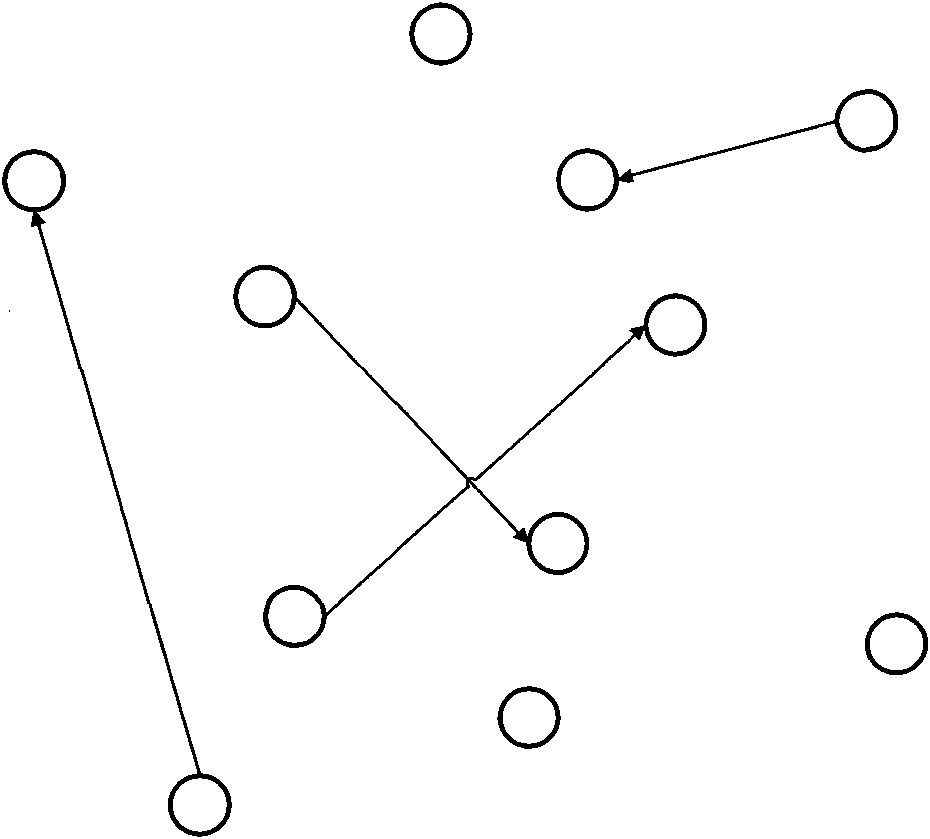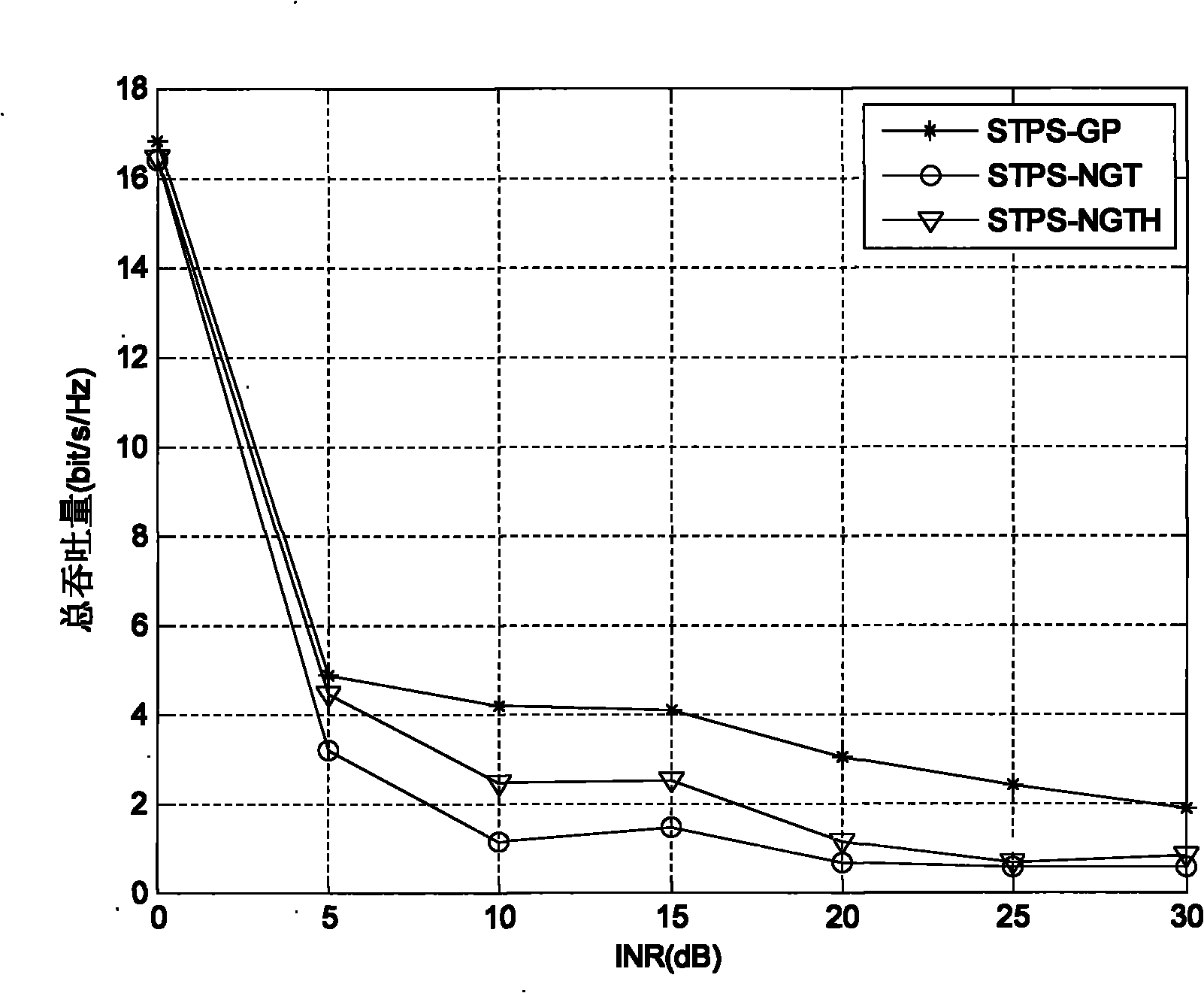Non-cooperative repeated game-based power scheduling method in wireless MIMO network
A power scheduling, non-cooperative technology that can be used in power management, wireless communication, diversity/multi-antenna systems, etc., and can solve problems such as low complexity
- Summary
- Abstract
- Description
- Claims
- Application Information
AI Technical Summary
Problems solved by technology
Method used
Image
Examples
Embodiment Construction
[0047] Below in conjunction with accompanying drawing, the technical scheme of invention is described in detail:
[0048] Such as figure 2 Shown is the flow chart of the method of the present invention.
[0049] Scenarios considered by the present invention are as figure 1 As shown, there are L point-to-point links in the wireless MIMO network, each link is subject to co-channel interference from other L-1 links, each node has N antennas, and each link will transmit the maximum Power P max Evenly distributed to N transmit antennas;
[0050] The sending signal x of the i-th link i is an N×1 complex random vector whose covariance matrix N×N matrix P i Also known as the power allocation matrix, the transmission power of the i-th link is tr{P i}≤P max,i , noise n i is an independent and identically distributed standard normal additive white Gaussian vector of N×1, and its covariance matrix I N is the identity matrix, the baseband received signal of the i-th link is: ...
PUM
 Login to View More
Login to View More Abstract
Description
Claims
Application Information
 Login to View More
Login to View More - R&D Engineer
- R&D Manager
- IP Professional
- Industry Leading Data Capabilities
- Powerful AI technology
- Patent DNA Extraction
Browse by: Latest US Patents, China's latest patents, Technical Efficacy Thesaurus, Application Domain, Technology Topic, Popular Technical Reports.
© 2024 PatSnap. All rights reserved.Legal|Privacy policy|Modern Slavery Act Transparency Statement|Sitemap|About US| Contact US: help@patsnap.com










